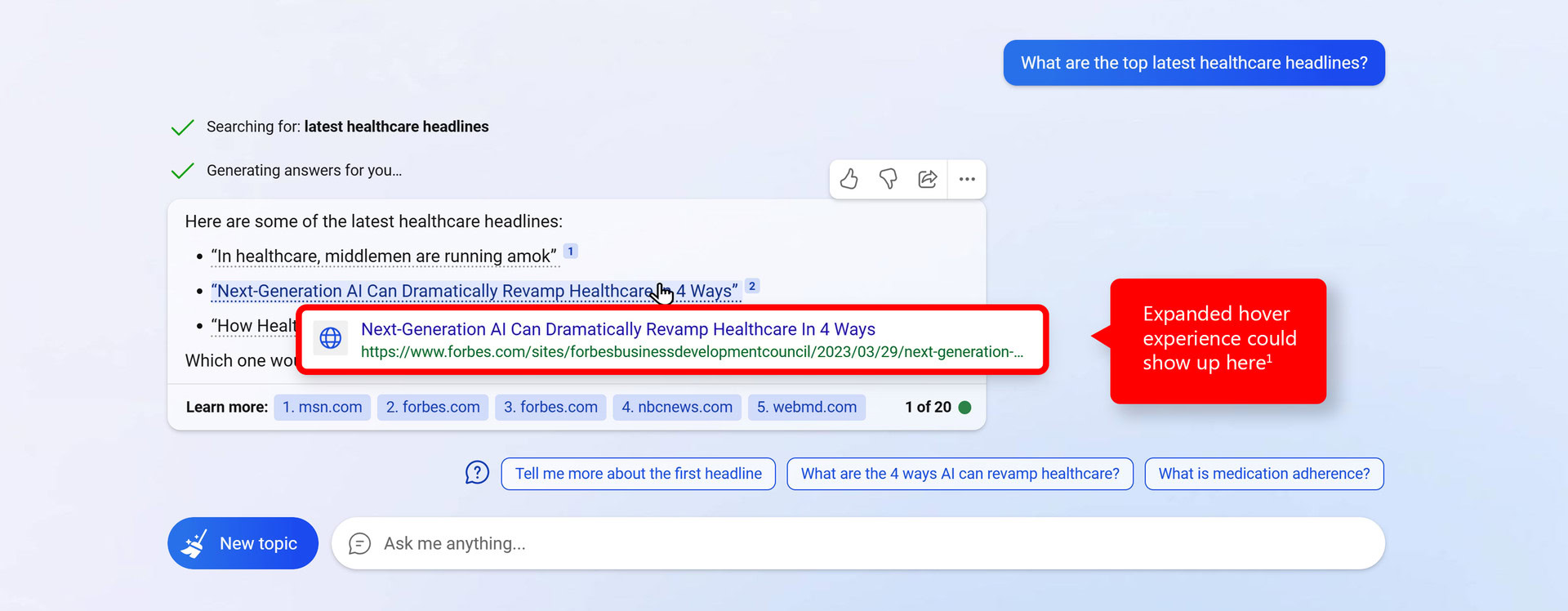Affiliate links on Android Authority may earn us a commission. Learn more.
Microsoft Copilot vs ChatGPT: Which one is best for you?
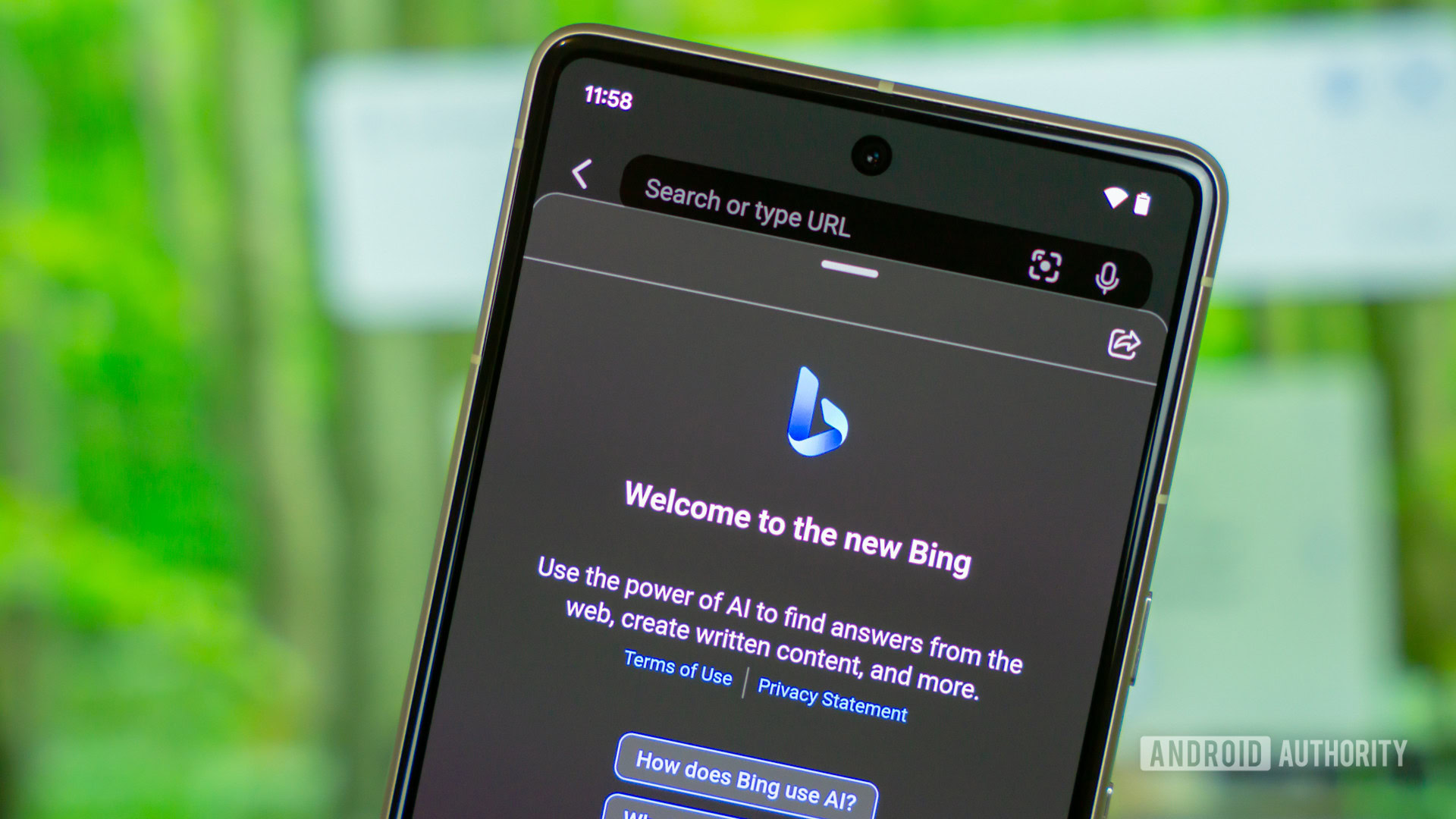
Natural language chatbots like ChatGPT and Microsoft Copilot have become the latest focal point of the tech industry. You’ve probably already heard about how these forms of AI can write essays, poems, and even computer code. Beyond that, these tools can also simplify complex topics and summarize entire novels. But even though both look similar on the surface, the quality of responses actually differs depending on which service you use. So in this article, let’s take a look at the differences separating ChatGPT vs Microsoft Copilot or Bing Chat and answer one simple question: which chatbot should you use?
Editor’s note: Microsoft rebranded its Bing Chat chatbot to Copilot in late 2023. We have updated the following text to reflect this change.
If you’re in a hurry, here’s a quick summary of how ChatGPT differs vs Copilot or Bing Chat:
- Both ChatGPT and Microsoft Copilot rely on a large language model known as GPT. However, Microsoft may offer more liberal limits if you want to use the latest GPT-4(o) generation.
- You can optionally subscribe to ChatGPT Plus for priority access and other benefits over the free tier. Similarly, Microsoft has launched Copilot Pro for faster responses and consistent access to the chatbot.
- Using Bing Image Creator, you can generate images in addition to text. The free version of ChatGPT doesn't include an AI image generator, but you get DALL-E on the paid plan.
- Bing and Copilot are free to use, but Microsoft relies on ad revenue so you may see sponsored results from time to time.
- Microsoft Copilot offers three Chat modes, while the free version of ChatGPT does not have any conversational tone options to choose from.
- ChatGPT may offer longer creative responses. However, the free version cannot fact-check its responses with external sources.
ChatGPT vs. Copilot: A quick comparison
Here’s a table that summarizes the differences between ChatGPT and Copilot.
| ChatGPT | Microsoft Copilot | |
|---|---|---|
Language model | ChatGPT Limited access to GPT-4o on free tier, GPT-3.5 base | Microsoft Copilot GPT-4 |
Information accuracy | ChatGPT Only GPT-4o model can access the internet, no payment required. | Microsoft Copilot Almost always consults the internet for up-to-date information, no additional payment required. |
Platforms & availability | ChatGPT Web and mobile apps | Microsoft Copilot Web, mobile apps, Edge browser, other Microsoft services |
Chat modes | ChatGPT None | Microsoft Copilot Creative, Balanced, Precise |
Response length | ChatGPT Longer, creative responses | Microsoft Copilot Shorter, informational responses |
AI image generation | ChatGPT Available (paid access only) | Microsoft Copilot Available for free via Bing Image Creator |
Pricing | ChatGPT Free, with $20 subscription to unlock full access to GPT-4o and voice conversations. | Microsoft Copilot Free, with ocassional ads. Optional $20 subscription for faster GPT-4 replies. |
The bottom line is that both chatbots have pros and cons, but ChatGPT’s factual accuracy and creative skills fall slightly behind Copilot if you’re on the GPT-3.5 model. That said, you can bring ChatGPT up to the same level if you switch to the latest GPT-4o language model. The latest model and web browsing features used to be unavailable to free users previously, but they’re now open to everyone for free.
Before moving on, it’s worth noting that the Copilot chatbot is not the same thing as Copilot for Microsoft 365. The latter is more similar to an AI assistant that’s built into Microsoft’s office suite of apps, including Word, Excel, and Teams. Copilot for Microsoft 365 also requires a monthly subscription, while the chatbot version of Copilot has a generous free tier.
What can you do with Copilot and ChatGPT?
ChatGPT and Microsoft Copilot fall under the category of generative AI, which means they have the ability to generate brand-new text that has never been written before. Naturally, this kind of AI is only useful if it can provide accurate information, so how does it work?
In a nutshell, both rely on a large language model developed by San Francisco-based startup OpenAI. ChatGPT’s base model, named GPT-3.5, has been trained on billions of text samples gathered from across the internet. Both Copilot and ChatGPT also offer the more advanced GPT-4o language model as long as you only send a few chats per hour. You can also get full and consistent access to GPT-4o via ChatGPT Plus, but you’ll have to pay $20 per month for that privilege.
At the end of the day, both chatbots generate text that reads like it was written by a human. We’ll go through some examples in the next section.
Both ChatGPT and Microsoft Copilot can generate human-like text on a variety of topics.
Microsoft Copilot also goes one step further as it can search the internet for information in real-time, thanks to its origins as Bing Chat. Admittedly, this is a double-edged sword since any misinformation it stumbles upon can introduce bias into the response. However, in most cases, the chatbot also cites its sources at the bottom of each response and a way to search further via the Bing search engine. This allows you to easily verify the output’s accuracy by simply clicking on one of the citations. ChatGPT can also browse the internet these days, provided you select the GPT-4o model. More on ChatGPT Plus later.
On that note, it’s important to not completely trust either chatbot as both ChatGPT and Copilot are susceptible to “hallucinating”. That’s when a chatbot makes up a response that sounds convincing but has no basis in reality.
ChatGPT vs Microsoft Copilot with Bing: Accuracy and knowledge
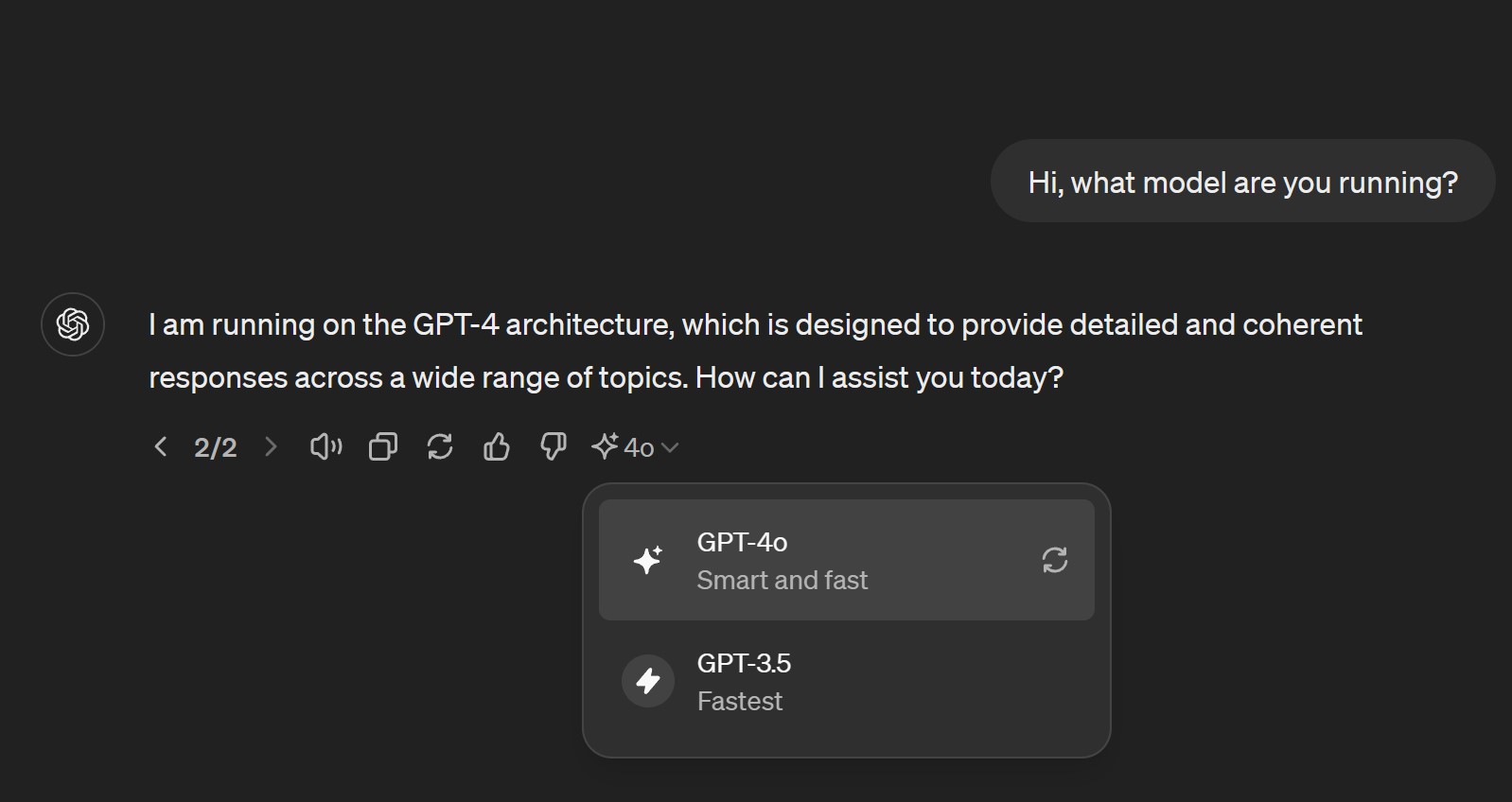
If you’re looking for information on a technical subject or recent event, both chatbots will deliver similar information as they’re based on the same language model. However, you have to be careful with ChatGPT as it can sometimes use the older GPT-3.5 model. You can check the dropdown menu under each response (pictured above) to be sure that the chat uses GPT-4o with web browsing support. This will deliver results that have been fact-checked against external online sources if necessary.
The benefits of web browsing are clear. For example, you can use either chatbot while shopping to compare the pros and cons of newly-released products or to prepare a personalized itinerary for your next vacation. Both of these tasks require a fair amount of web-based research, which will take you far longer to do manually.
On the other hand, ChatGPT fares better when it comes to creative prompts as it’s tailored for conversation. While you could ask Microsoft Copilot or Bing Chat to write a poem, story, or essay, you’ll find that it’s extremely fact-driven and that may come at the expense of creativity.
Copilot lets you choose from three modes, namely Creative, Balanced, and Precise. The Creative mode comes the closest to ChatGPT’s default behavior in my experience and as you can see in the screenshot above. Even so, ChatGPT tends to provide longer responses which some may actually prefer.
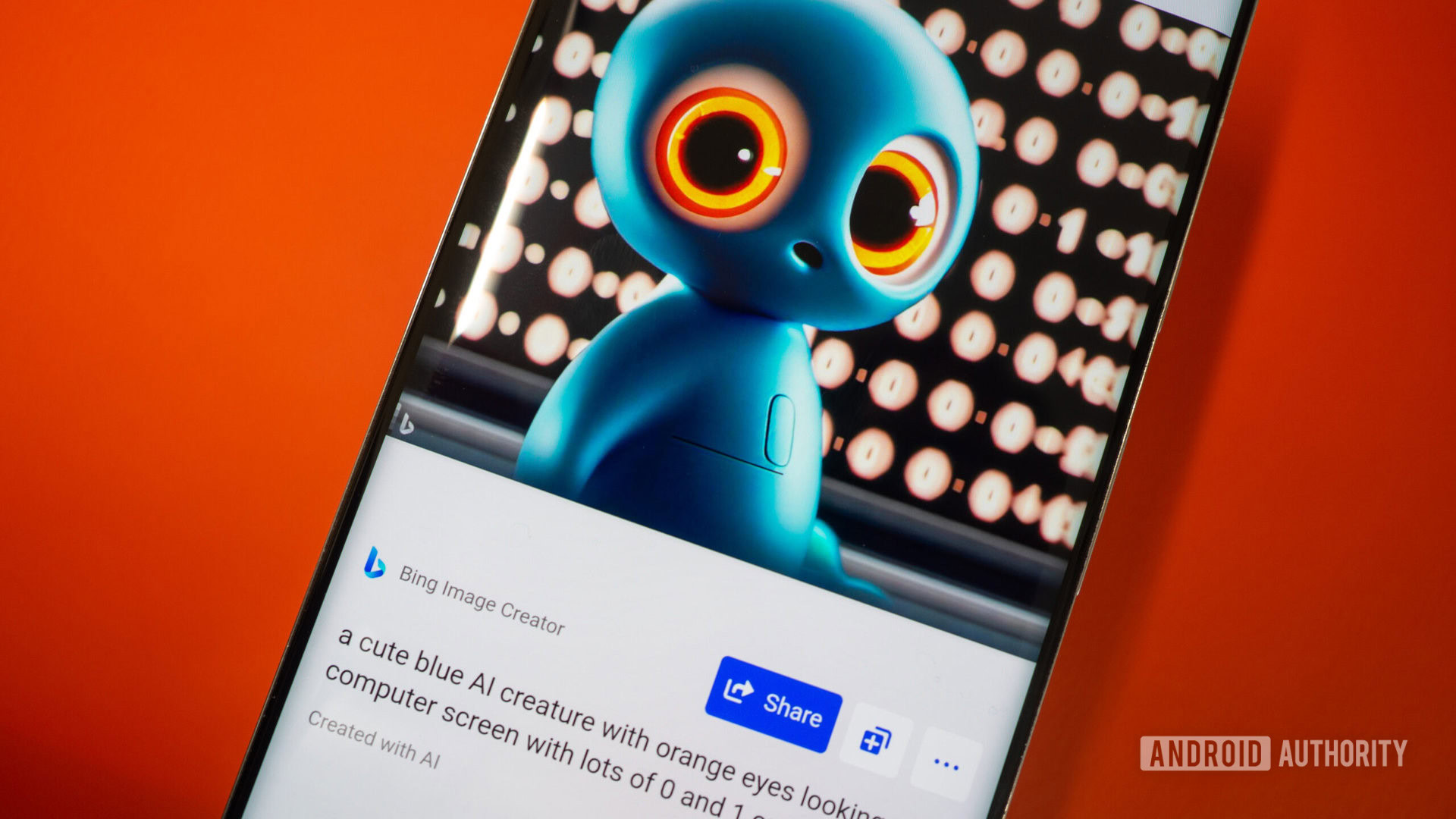
Finally, Bing offers one of the best free AI image generators currently available via Microsoft Copilot for free. Simply enter a text prompt as pictured above and it will generate a few choices to choose from. OpenAI does offer DALL-E for the same purpose but you’ll need to spring for ChatGPT’s Plus subscription to use it.
ChatGPT vs Copilot & Bing: How and where to use them?
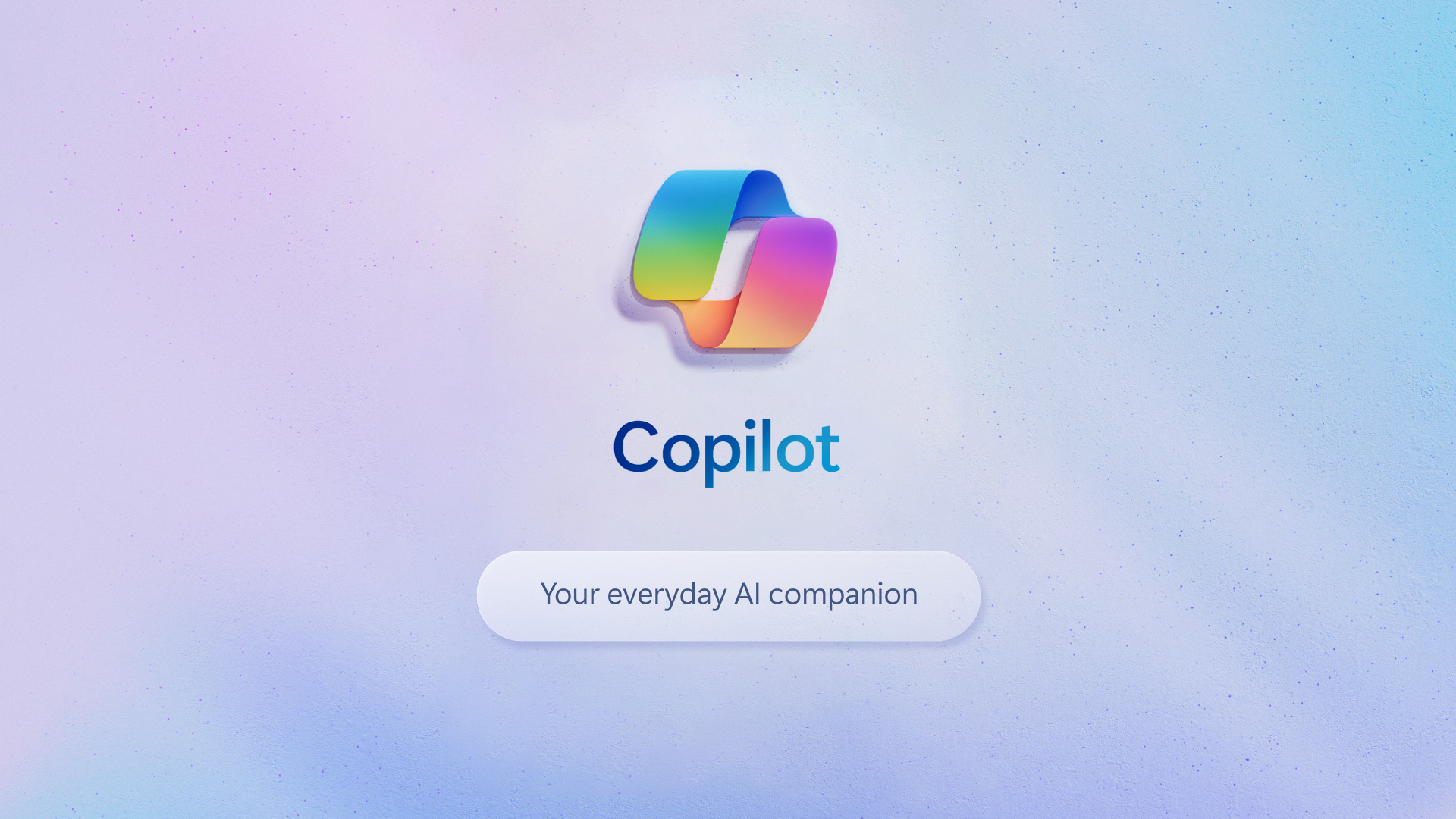
ChatGPT launched in late 2022 as a website-based chatbot. That open access continues to this day but that may change once OpenAI gathers enough data and the project exits the research preview phase.
Microsoft has followed the same free-to-use strategy with Copilot and Bing. The only condition is that you’ll need to use Microsoft’s Edge web browser to access the chatbot. If you use other browsers like Google Chrome, you’ll be limited to five replies per conversation. Not ideal.
You can use both ChatGPT and Bing Chat for free.
You can also use Copilot on many more platforms. Microsoft has brought its chatbot to a mobile app, Swiftkey keyboard, Skype group chats, and even wants to put a new dedicated Copilot key on Windows 11 laptops. In that sense, Copilot or Bing Chat even rivals Google’s Gemini chatbot in terms of availability and versatility. Having said that, ChatGPT has started to catch up too in this area with an official app now available for Android and iOS smartphones.
ChatGPT vs Copilot: Limitations and pricing
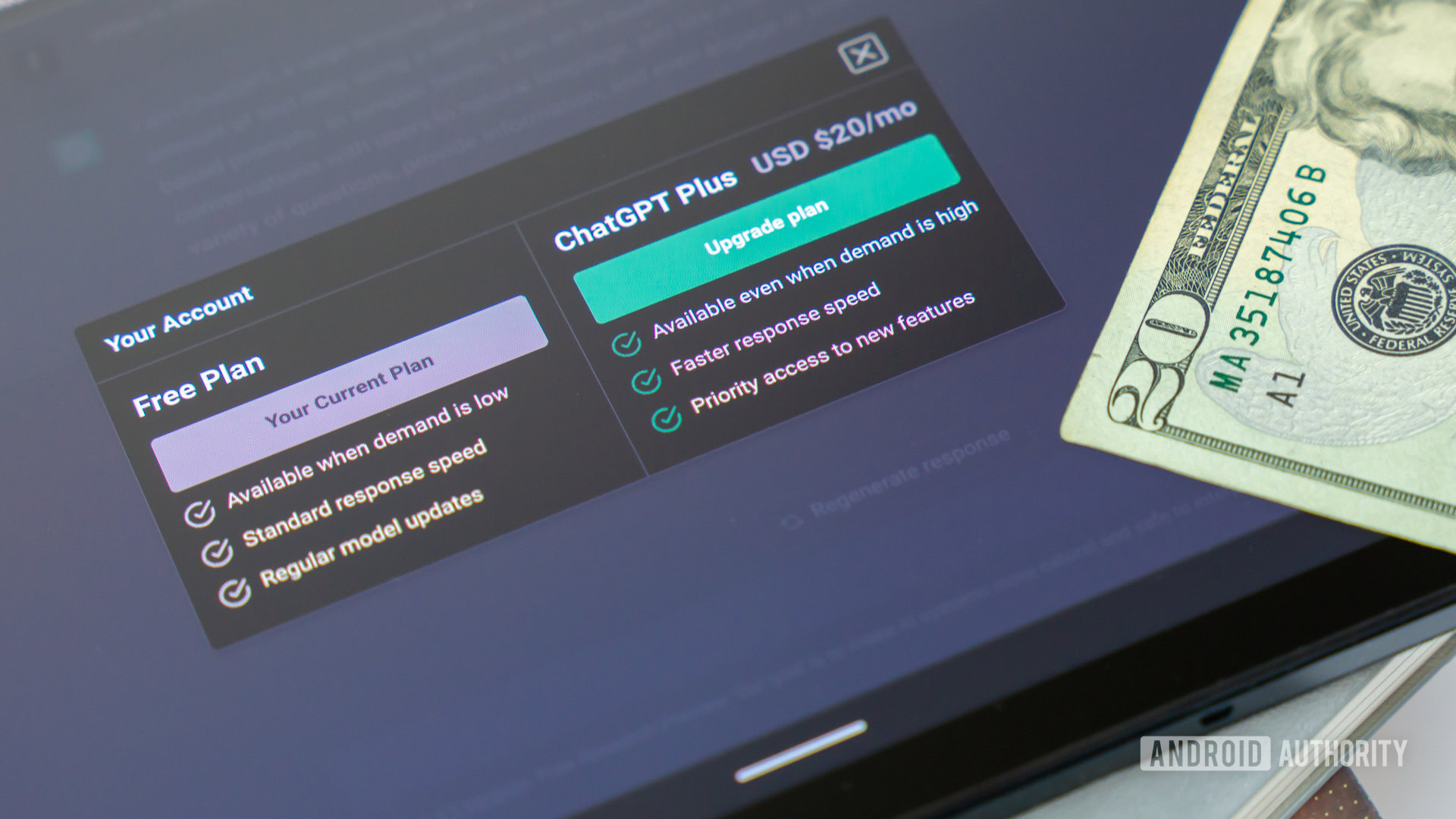
OpenAI imposes very few restrictions on ChatGPT’s usage, even if you don’t pay for it. You may run into some errors if you send off too many messages within a few minutes, but that’s meant to combat abuse. You can also have relatively longer conversations with the chatbot — no per-conversation limits to speak of. There is one notable exception, though. As a free user, you only get a limited number of GPT-4o chats per hour. Post that limit, the chatbot will fall back to the less-capable GPT-3.5 model.
You have the option of paying for a $20 monthly ChatGPT Plus subscription. Doing so grants you a few benefits: priority access to the service, faster response times, and early access to new features like the custom GPT store. Paid accounts also get guaranteed higher-quality responses, with drastically lower limitations on how frequently you can use GPT-4o.
Unlike Bing, ChatGPT doesn't have per-conversation limits.
Copilot has a few limitations too. For one, you can only have 300 conversations with it in a single day. But more importantly, each thread is limited to 30 replies, so long back-and-forth conversations may not always be possible. Having said that, it’s worth noting that Microsoft has reduced these restrictions over time. The company also says that most people find what they’re looking for within five replies or fewer.
ChatGPT will also respond in other languages, but the underlying GPT-3.5 model was primarily trained on English samples and text. Approximately 92% of ChatGPT’s training data involved English. Responses in other languages will also use up more tokens and you will run into ChatGPT’s character limit sooner.
According to a Microsoft announcement post, you may also see ads show up embedded inside chat responses. For example, asking for clothing recommendations may result in Bing showing you suggestions from local retailers. Likewise, publishers can pay Microsoft to appear in relevant responses, as pictured below.
What about ChatGPT Plus?
I’ve spoken at length about ChatGPT’s free version so far, but what if you opt to pay for the Plus tier? That changes things quite a bit. The $20 per month subscription opens up guaranteed access to the more advanced GPT-4o language model.
In my time using the GPT-4 generation, I found that its responses almost always fared better than the free version of ChatGPT. The difference is particularly noticeable in areas like logical reasoning and creative tasks like essay writing or programming.
ChatGPT Plus unlocks guaranteed access to GPT-4o, which gives you more accurate responses.
So why should you pay for ChatGPT Plus vs just using Copilot for free? If you value ChatGPT’s creative and wordy output but want higher-quality responses, it might be worth the $20 per month. After all, it’s a small price to pay if the chatbot helps make your life easier.
Moreover, the subscription also unlocks access to ChatGPT’s flashy new voice conversations mode. The feature allows you to have long back-and-forth conversations with the chatbot.
FAQs
No, Bing AI is subtly different from ChatGPT even if both are based on the same language model. In particular, you can expect longer and more creative responses from ChatGPT. Copilot, meanwhile, is meant to deliver informational responses first and foremost.
Not always. ChatGPT has caught up to Copilot or Bing as it now offers access to the more advanced GPT-4 language model generation for free.
ChatGPT was created by OpenAI, a San Francisco-based startup. The same model also powers Microsoft’s Bing Chat.
No, ChatGPT and Bing Chat are both free to use.
Yes, you can access Bing Chat using Google’s Chrome web browser but you will lose out on some features like chat history. Each conversation is also limited to 5 replies instead of 30.
